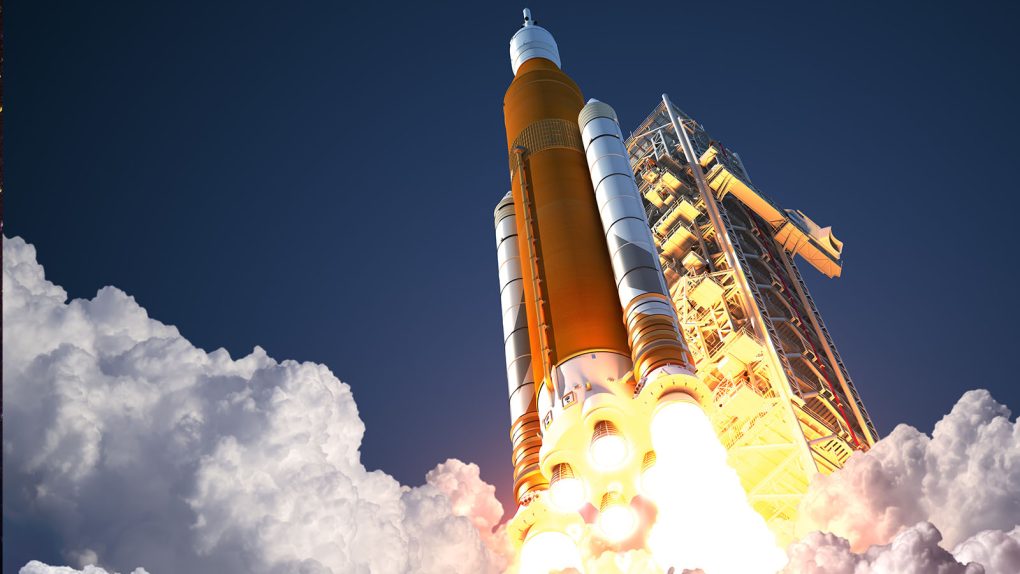The future of NASA space exploration is bright. I’ve said it time and again in my coverage of NASA’s ongoing work around the Artemis missions, and I’ll continue to say it. But now we have the proof, or at the very least, some of it.
According to a new blog post shared by NASA, as well as a video from the Artemis I launch, NASA says that the Space Launch System used to launch Artemis I and the Orion space capsule into space showed excellent performance. In fact, it showed better performance than the team even expected.
But what exactly does the Space Launch System being successful have to do with the future of NASA space exploration being so bright? Well, it all comes down to SLS being the foundation of NASA’s future plans to explore the Moon, Mars, and other planets and stellar objects within our universe.
With this new launch system, NASA is finally going to work its way toward putting humans back on the Moon. And, with a little luck, perhaps we’ll even see the manned mission to Mars that NASA wants to take happening, too. This is possible because of just how powerful the SLS is. In fact, NASA refers to it often as the “most powerful rocket in the world.”
And while some may disagree with that, there is one thing that is true: The SLS rocket is by far the most powerful that NASA’s space exploration teams have built. And, with the proper usage, it could indeed help fuel a bright future for space exploration as a whole. But there are still a few things standing in the way of that.
Chief among those things is just how insane getting this thing off the ground was. While Artemis I’s launch was eventually successful, the SLS was plagued by delay after delay for various issues from the weather (which is out of their hands) to the hardware itself. In fact, the Artemis I rocket was close to expiring just before it launched.
But do those hardware issues overshadow the good that the SLS and the success of the Artemis I mission as a whole could bring to the future of NASA space exploration? Not at all. The SLS system helped launch the first made-for-human spacecraft set to travel to another planet since the Apollo missions over 50 years ago. That success alone sets it up for a bright future.
All that is really left to see is if NASA makes the most of it and actually managed to put people on other planets in the future.








